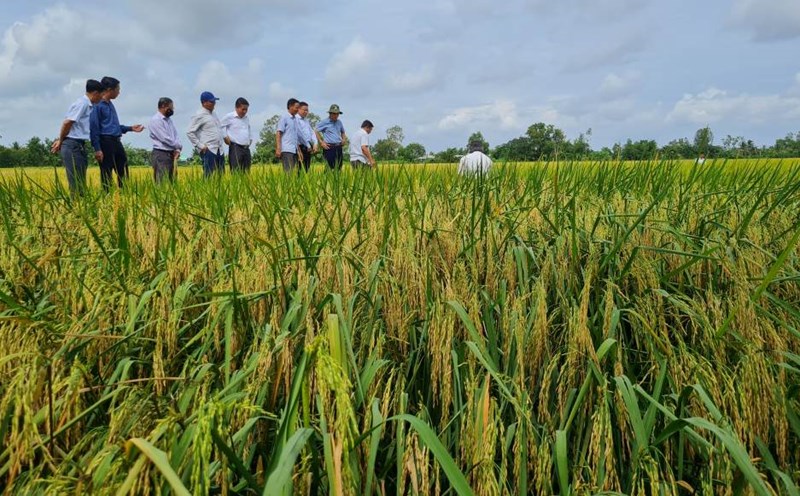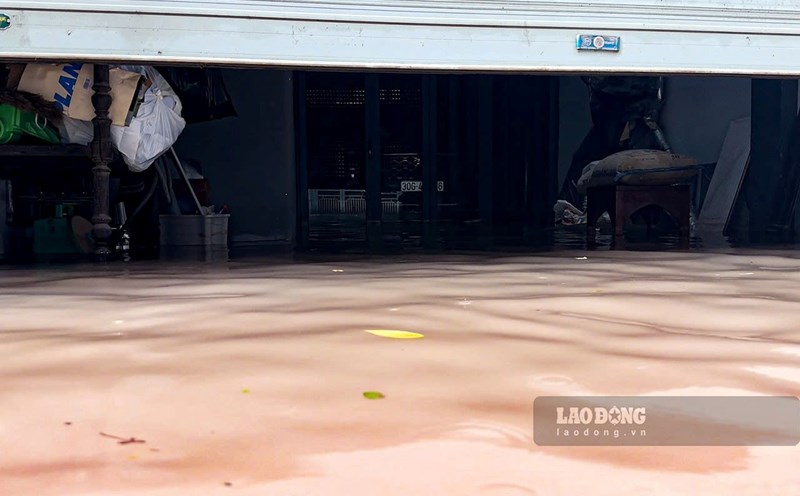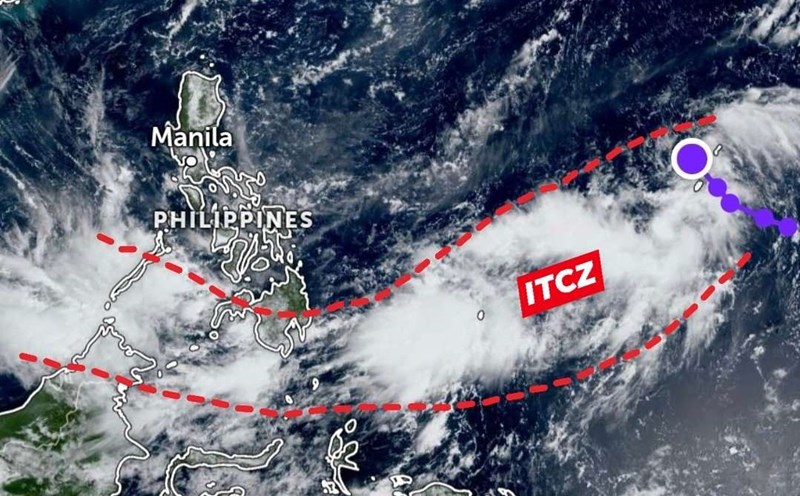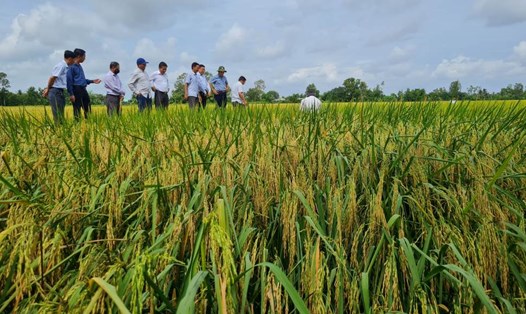On October 7, the Chairman of the People's Committee of Ca Mau province officially decided to establish a Forest Protection and Development Fund. This is a public service unit under the Department of Agriculture and Environment, with legal status, its own seal and account according to the provisions of law. The Director of the Department of Agriculture and Environment is responsible to the Chairman of the Provincial People's Committee and before the law for the organization and operation of the Fund.
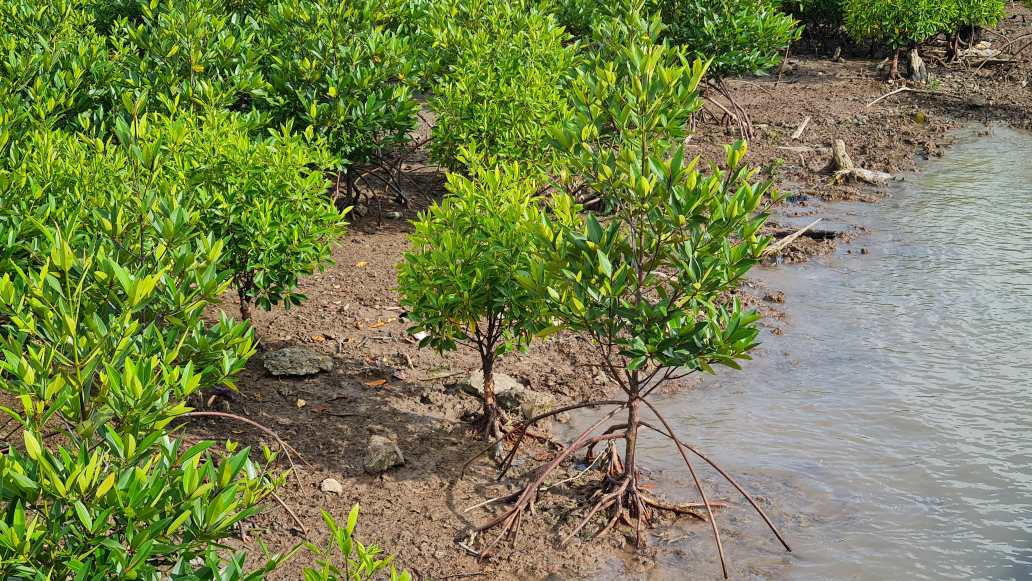
The fund operates on a not-for-profit principle, ensuring publicity, transparency and efficiency. The Fund's financial resources include: Forest environmental service payment; replacement forest planting fee; entrustments, aid, sponsorship, and voluntary contributions from domestic and foreign organizations and individuals; deposit interest; and other legal sources outside the State budget.
The Fund's function is to receive, manage and coordinate capital sources for forest protection and development; pay for forest environmental services; support capital for forestry programs and projects and non-project activities according to regulations.At the same time, the Fund also plays the role of financial intermediary between the user and the forest environmental service provider, helping the payment to be made transparently, promptly and in accordance with regulations.
The Fund management apparatus includes a Management Board, a Control Board and an Executive Board.The Management Board is established by the Chairman of the Provincial People's Committee, consisting of 5 members chaired by the Director of the Department of Agriculture and Environment.
The Provincial People's Committee assigned the Department of Agriculture and Environment to preside over the implementation of the Decision; develop and submit to the Chairman of the Provincial People's Committee to promulgate the Charter for the organization and operation of the Fund.
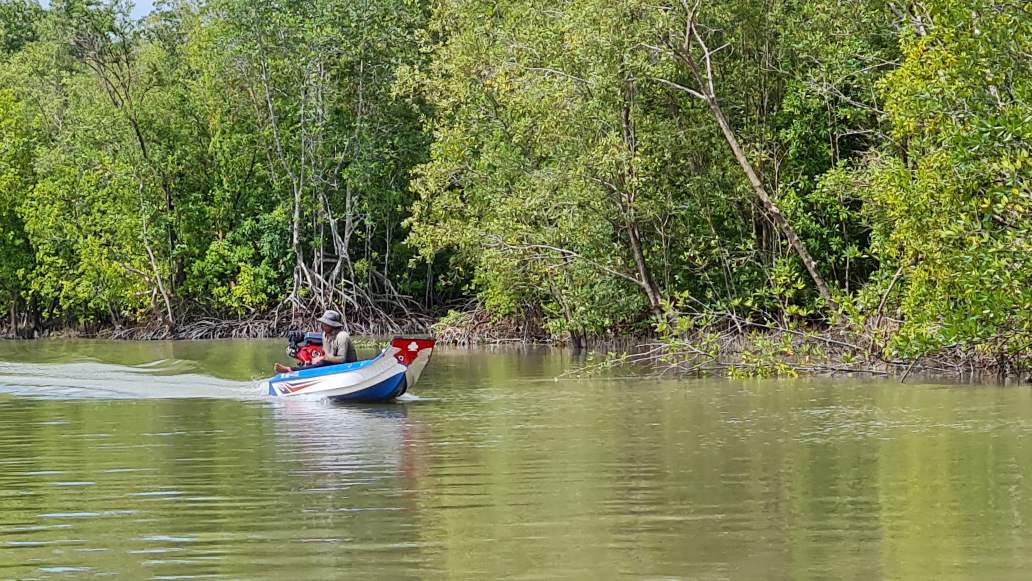
Ca Mau has a total forest area of over 143,000 hectares, not only the largest mangrove ecosystem in Vietnam (accounting for 27% of mangrove forests in the country), but also a natural defense line to protect the extreme southern region from the impact of climate change.
Coastal mangrove forests and U Minh Ha cajuput forest not only play a role in blocking waves and preventing erosion, but also act as natural lungs that absorb CO2, contributing significantly to reducing greenhouse effects and regulating the climate in the area.
Ca Mau mangrove forest is one of the world's largest mangrove forests, second only to South America's Amazon rainforest. Most of the mangrove forest area is located in the Mui Ca Mau World Biosphere Reserve. Ca Mau mangrove forest has been recognized by UNESCO as a World Biosphere Reserve thanks to its typical animal and plant system in mangrove areas.

